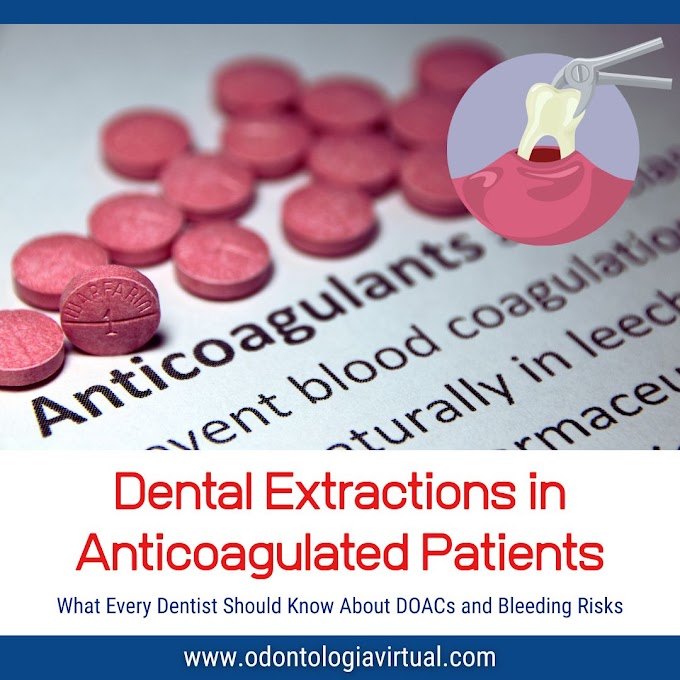Complete or partial digital workflow utilizing computer-aided design and computer-aided manufacturing (CAD/CAM) technology provides dental clinicians with ample options to treat their patients in a more effective way in daily practice.
Dental clinicians and technicians need to recognize the limitations and proper indications of currently available technologies to accomplish optimal clinical care outcomes for patients.
This article aims to narratively review various current CAD/CAM technologies (such as digital data collection, the development in CAD software programs and manufacturing platforms) in implant dentistry and discuss their advantages and limitations.
A comprehensive digital workflow process for treatment including dental implants begins with data collection.
Digital data collection may include 3-dimensional (3D) object scanning and obtaining a digital volume (CBCT).
Together, the components of data collection allow for comprehensive treatment planning in which implant therapy is thought of as a singular entity and part of a total plan for the patient.
Although the concept of comprehensive planning and treatment is embraced, this article will focus on those segments of the workflow traditionally considered to be of a restorative nature.
Subsequent to data collection, the primary focus will therefore be computer-aided design and computer-aided manufacturing (CAD/CAM) of prostheses and associated processes.
CAD/CAM technology has found increasing popularity in dentistry.
These processes
can be seen as gradually replacing conventional fabrication methods, inclusive of implant-supported/retained prostheses.
Available evidence supports incorporation
of CAD/CAM protocols for single crown implant-supported crowns, although the evidence for use of these procedures for fixed partial procedures is less compelling.
Research consistently demonstrates the precision and accuracy of CAD/CAM implant prostheses to be at least comparable and often improved when compared to the traditional lost-wax/casting technique.
The advantages of CAD/CAM fabrication technology can be amplified for multi-unit
implant prostheses and complete arch implant prostheses.














